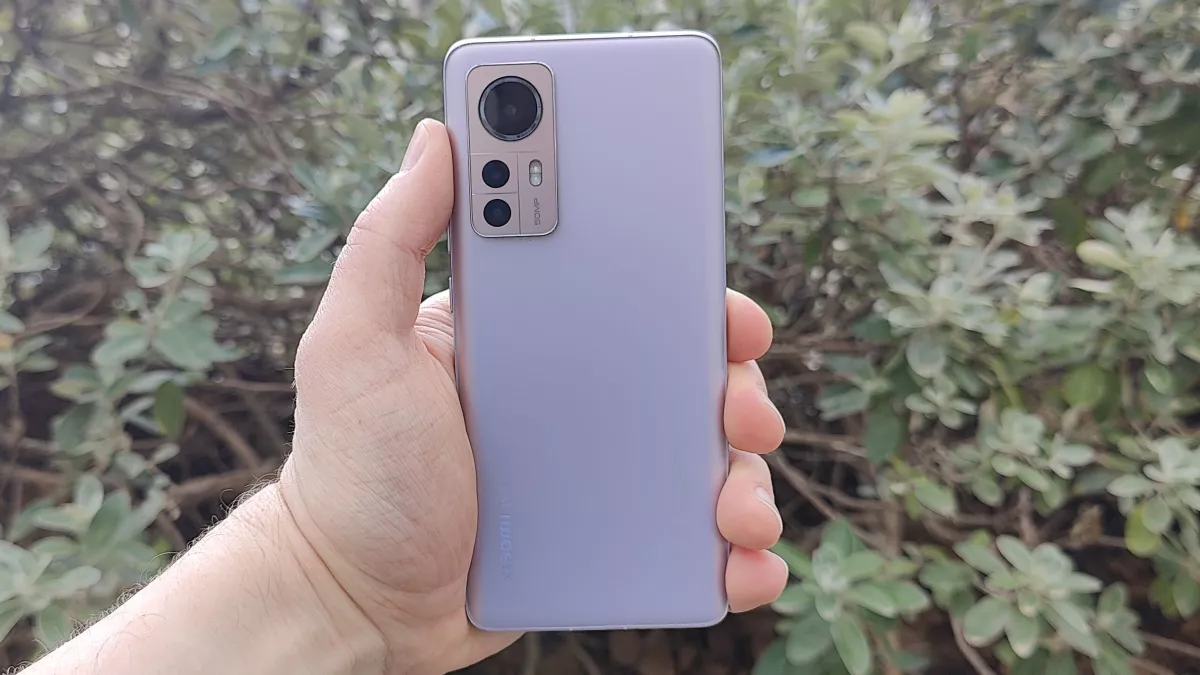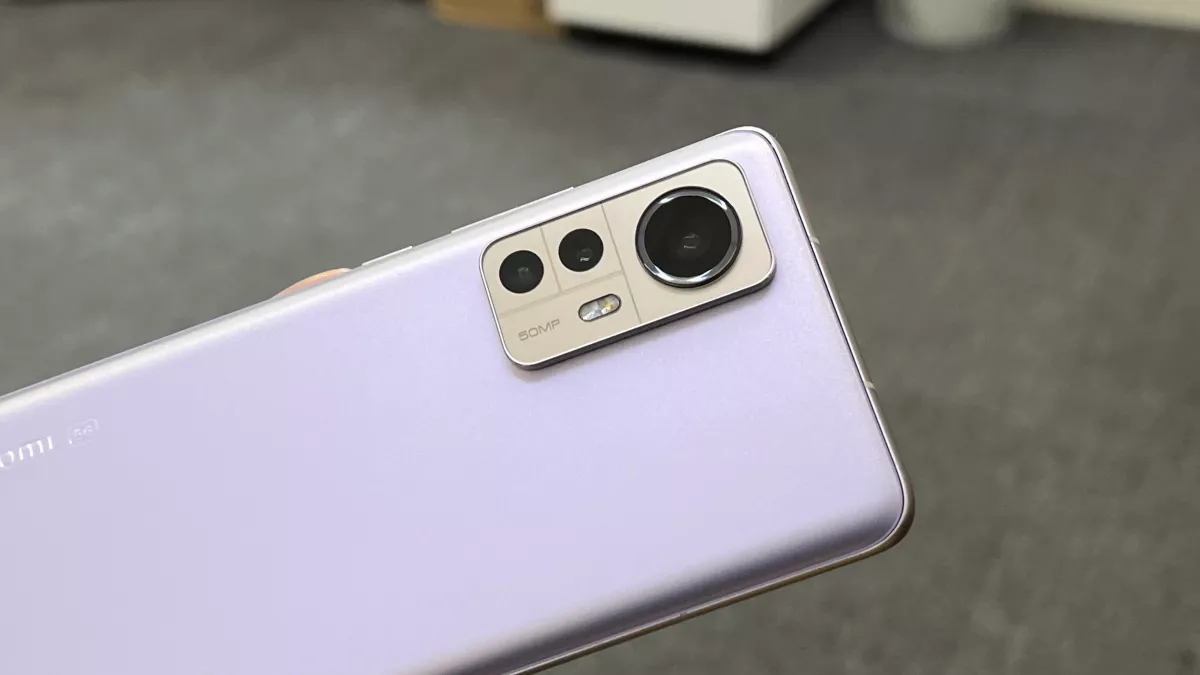We expect the Mi 13 to be the next flagship phone series from Chinese tech giant Xiaomi, and it could land soon, with an announcement before the end of 2022 looking likely.
While this number is unfortunate for some, will it really be the Mi 13? We would think so – Xiaomi is headquartered in China, and 13 is not an unlucky number (4 is).
We don’t know much about the Mi 13 itself, but there are plenty of leaks about the Mi 13 Pro, which you can find below.
But as the company’s next true flagship phone, the Mi 13 is naturally where our minds wander, especially since it’s set to be the main competitor to the Samsung Galaxy S23 and iPhone 14.

Xiaomi 13 release date and price
Xiaomi usually launches its new flagship phones in China by the end of the year, but won’t be available globally until February or March – that’s only for “main” phones, with Lite and Ultra versions usually coming later.
For this reason, it’s hard to pinpoint a vague release window for the phone, let alone a more specific release date – but we’ll likely start hearing leaks soon that will give us more information.
A leaker believes that it will launch in China in November 2022, which may suggest that its launch elsewhere may also be premature.
Because Xiaomi’s phones are a family, there will be a range of phones hitting different price points. You can expect a stripped-down version for budget users, with the 13T series launching at mid-range prices by the end of 2023, the Mi 13, 13 Pro and 13 Ultra will likely all be high-end phones, with the Ultra touting super premium prices.
Xiaomi 13 news and leaks
We haven’t heard a lot of leaks about the Mi 13…but we’ve heard some.
The point so far is that a fan site called Xiaomiui(opens in a new tab) has found four models of the upcoming Xiaomi flagship (two of which are Chinese versions of the other two) – which it claims are aimed at Mi 13 and Mi 13 Pro, and further reveal that the discovery of these models suggests the phone will launch sooner than expected.
This is actually consistent with information from another, larger leaker. Digital Chat Station says Xiaomi’s 13th generation is a month ahead of its usual schedule, suggesting the launch could come earlier.
The leaker also hints that the phones will use the Snapdragon 8 Gen 2 chipset, will run Android 13, and that the larger of the two (probably the Pro) will also have a 2K display – all of which suggest that it’s an unless more Multiple upgrades are hidden in other areas, otherwise iterative updates to the Mi 12 equivalent.
More detailed leaks have since surfaced, but only covering the Mi 13 Pro. Apparently, the phone will feature a Snapdragon 8 Gen 2 chipset, up to 12GB of RAM, up to 512GB of storage, a 6.7-inch 2K display, a 4,800mAh battery with 120W charging, and will apparently run Android 13.
It is also said to have a 50MP main camera and a huge 1-inch sensor, plus a 50MP ultra-wide-angle camera, a 50MP telephoto camera, and a 32MP selfie snapper.
Xiaomi 13: what we want to see
Here’s our wishlist for the Xiaomi 13, looking at previous phones from the company and other things going on in the mobile industry.
1. A telephoto lens

Xiaomi is trying to position its phones as champions in photography and videography, but the lack of telephoto lenses really hinders their performance in those departments.
Telephoto lenses are often used for zoom photography, but they’re also great because they create a more attractive depth-of-field effect and also allow you to get closer to your subject without moving. Both of these reasons are equally important for filming and filming.
While Xiaomi sometimes includes a telephoto lens in its high-end phones, the standard Mi 12 doesn’t, and the Lite and T versions usually don’t either. But we’d like to see Xiaomi commit to a wider use of zoom lenses to really give its phones a chance to compete with Samsung’s Galaxy S line.
2. A lower minimum price
Xiaomi offers stripped-down flagships for those who can’t afford a pricier family member, but it won’t launch them all at the same time. You typically wait a few months for a budget alternative, while the T version, which is the mid-range version of the flagship, usually takes around six months.
For fans of the phone on a budget to buy it right away, we’d like to see the standard Mi 13 start at a lower price than the Mi 12’s $749/£749. It wouldn’t matter if that was the Mi 13X (there’s a 12X, but it’s not available globally) – we just want a mid-range phone to get us through until the T-series.
3. Cleaner software

We’ve been complaining about Xiaomi’s MIUI Android fork since the records began, and while it’s been fixed (Xiaomi is no longer the worst offender), the smartphone OS is still not perfect.
One issue we ran into was the bloatware, as the company’s phones usually come pre-installed with some third-party apps that you usually end up removing. Another problem is that the software on these phones is often buggy, with features crashing or breaking more often than rival phones.
In order for the Mi 13 to be a true flagship, comparable to the Galaxy and iPhones around the world, Xiaomi needed to make MIUI a premium OS that was clean, had useful extras, and didn’t crash all the time.
4. Continued design improvements
The Mi 12 is Xiaomi’s first flagship that really catches the eye – it’s softly textured on the rear, comes in lovely pastel colors, and features a two-tone design for an alluring look.
We’d like to see Xiaomi continue this trend of making attractive smartphones, perhaps with some bolder color options (we’ve always been fans of red or gold devices), or a redesigned camera bump with more personality.
5. A simultaneous launch
While the Mi 12 series launched in China in December 2021, it went on sale in the rest of the world just a few months later — and by then, the phone’s post-debut hype had died down.
Xiaomi isn’t the only company with an early launch in China, nor is it the only company to suffer as the hype train derails.
This is especially true as Xiaomi is increasingly trying to become a bigger player in the phone space – Huawei only became a giant when it realized it needed to launch its products with fanfare globally, not just in one region .
With that in mind, we’d like to see the Mi 13 launch and launch in all regions of the world at once – just like how Samsung and Apple work. We don’t want to get bored with the phone before it goes on sale.
Read more articles: https://www.facebook.com/RedTomElectronics/
If you have more ideas to discuss with us, welcome to join our Apple Fans Club on Facebook.

